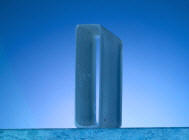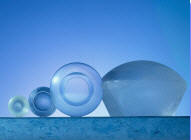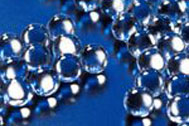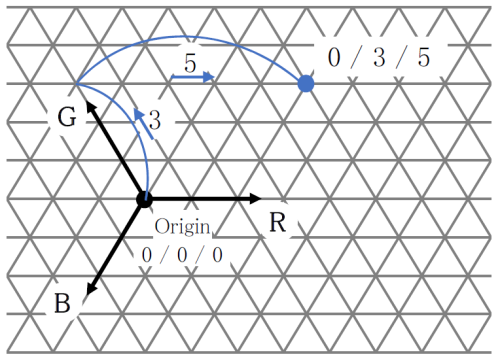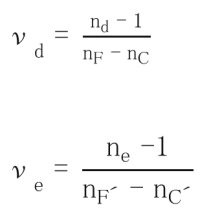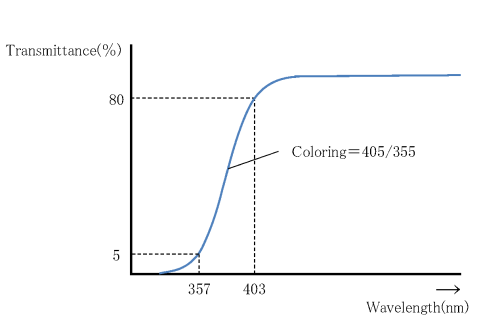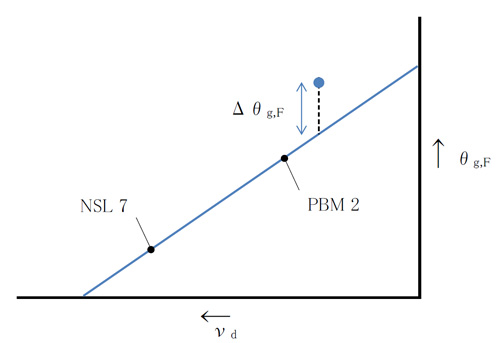8. Forms of Supply
8.1 Raw Glass
8.1.1 Strip Glass Strips are made by drawing glass out of a continuous flow furnace. Strips are rectangular in shape, have slightly rippled fire-polished surfaces, (unworked) and are flame cut to required lengths. The corners are radiused. Strips are coarse or fine annealed. This is the least expensive form of supply.
8.1.2 Slab Glass Slabs are blocks or rectangles of raw glass that have been ground on all sides and then polished on two opposite sides for inspection. Generally, slabs are fine annealed.
Thickness 15 ~ 40mm Width and Length 50 ~200mm
8.2 Pressings (Reheat Pressings (RP))
Reheat or hand pressings (RP) are blanks formed by manually pressing softened glass. We urge the customer to specify the following:
1 ) Diameter (including grinding stock)
2 ) Center Thickness (including grinding stock)
3 ) Radii of curvature
4 ) Glass quality (striae, bubble, etc.)
5 ) Bevel
6 ) First processing side
Dimensional tolerances are given in Table 1.
Pressing large blanks over 300mm in diameter or of an excessive thickness is difficult. Such large blanks are gravity molded. Blanks made by this method are generally supplied plano-plano. However, we can produce large plano-convex or plano-concave moldings.
Table1
| Diameter | Thickness | Diameter |
| Φ18mm | ±0.5mm | ±0.10mm |
| Φ18~30 | ±0.4 | ±0.15 |
| Φ30~50 | ±0.4 | ±0.20 |
| Φ50~100 | ±0.3 | ±0.30 |
| Φ100~150 | ±0.3 | ±0.40 |
| >Φ150 | ±0.4 | ±0.50 |
8.3 Saw cut Centerless Ground Cylindrical Blanks
These blanks are cut from a precisely ground rod formed on a centerless grinding machine.
This process is very useful for making lenses that:
1 ) Are small in diameter but quite thick.
2 ) Are small in diameter with shallow radii.
3 ) Are such that the precise blank dimension can eliminate lens centering operations.
4 ) Can utilize precision spot blocks.
Diameter range of these blanks is 3 mm to 20 mm and the dimensional tolerances are given
Table 2
| Product Size | Thickness | Diameter |
| Φ3~20mm | >±0.15mm | ±0.015mm |
8.4 Cut Blanks, Polished Blanks and the other
Cut disks, cut rectangles, and cut prisms are blanks that are cut or core drilled from annealed strips or slabs. These forms are generally specified when delivery is urgent and quantities are small.
Polished Ball
Polished Balls have a broad range of uses from telecommunications to imaging. We respond to our customer’s demands with low cost, excellent quality, and high volume production. The out diameters can range from less than 1mm to greater than 10mm. Typical diameter tolerance is +/-5um. Read More…

